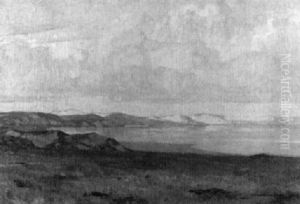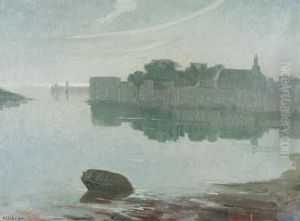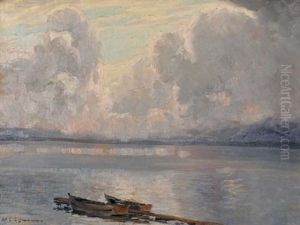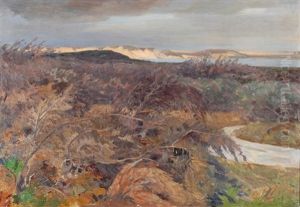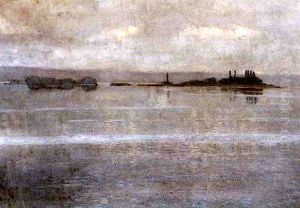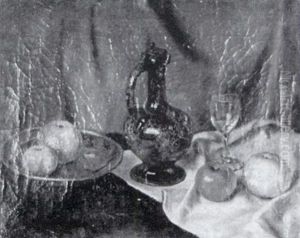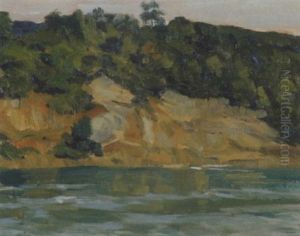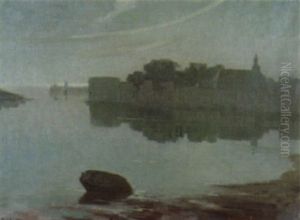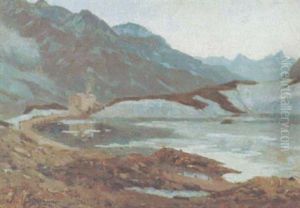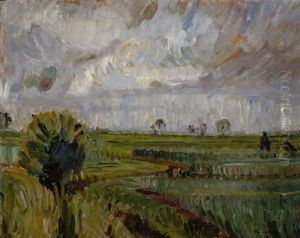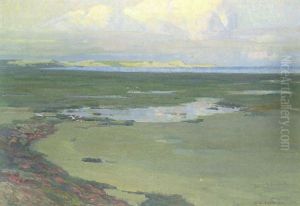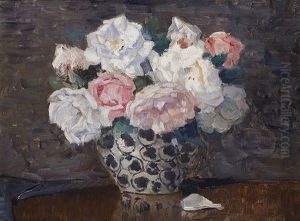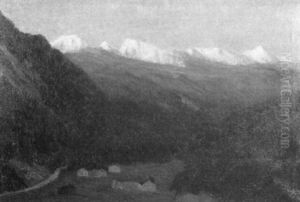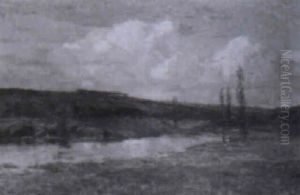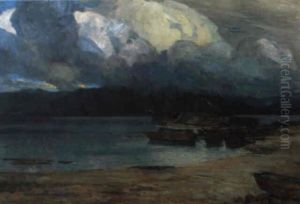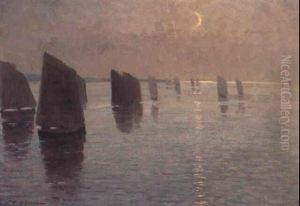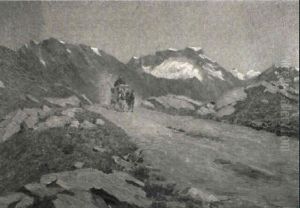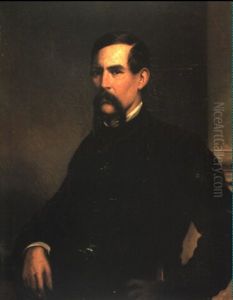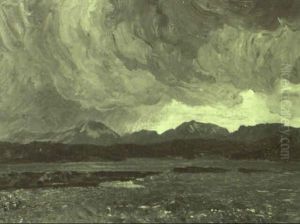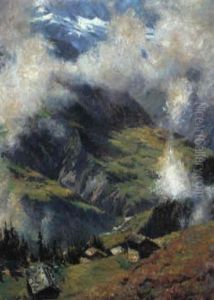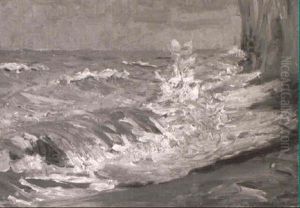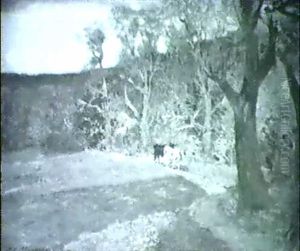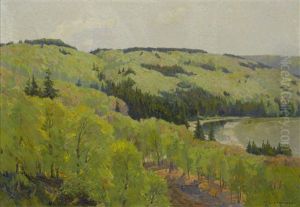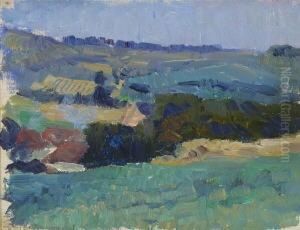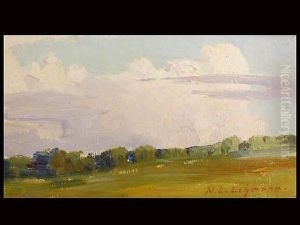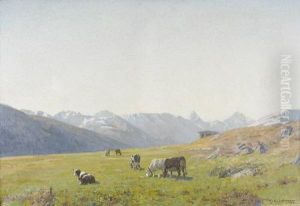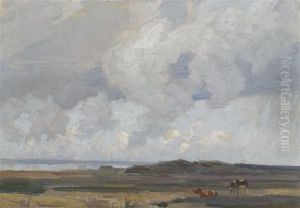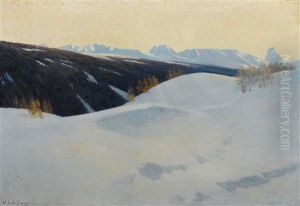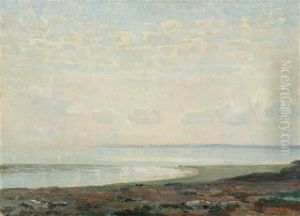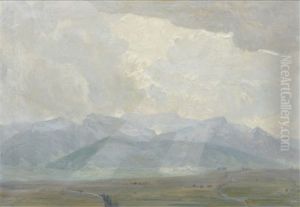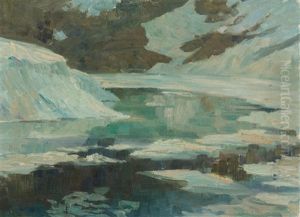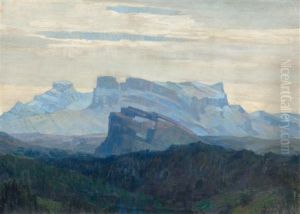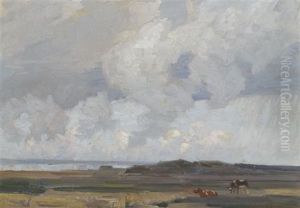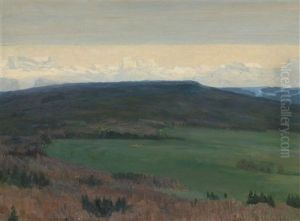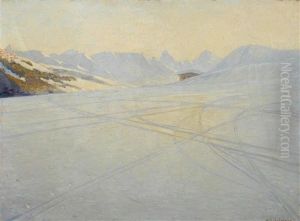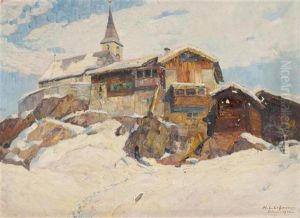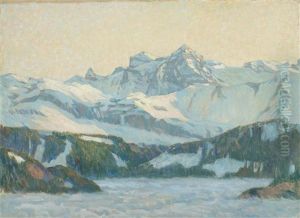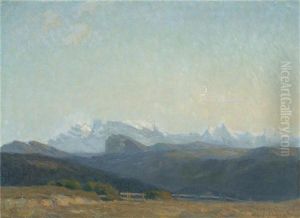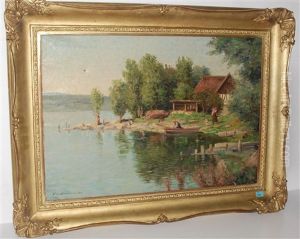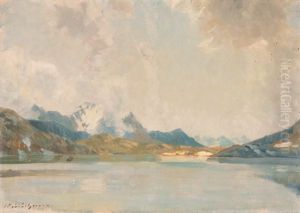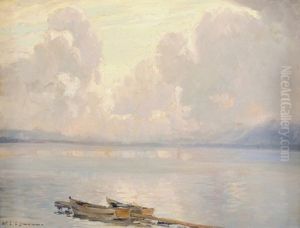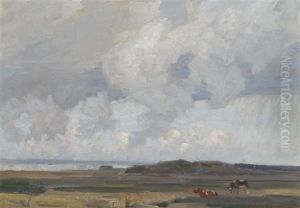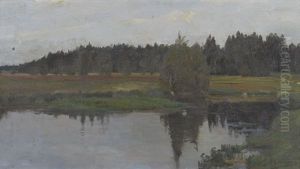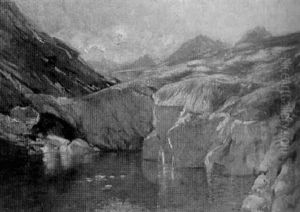Wilhelm Ludwig Lehmann Paintings
Wilhelm Ludwig Lehmann was a German-Austrian poet, narrator, and painter, born on May 4, 1882, in Sagan, Silesia, which is now Żagań in Poland. Although Lehmann is predominantly recognized for his literary work, he also made contributions to the visual arts. Lehmann studied German, history, and geography at the Universities of Marburg and Berlin. His education was interrupted by his service in World War I, which deeply influenced his subsequent writing.
After the war, Lehmann worked as a teacher while continuing his literary pursuits. He gained recognition as a member of the literary group 'Der Kreis' (The Circle), which was centered around the poet and Nobel laureate Hermann Hesse. Lehmann's literary style is characterized by his lyrical prose and poetry, which often reflect his interest in nature and his experiences in the war. His works are known for their introspective and philosophical depth.
Lehmann's painting was less well-known but was an important aspect of his creative life. His artistic style was influenced by the Expressionist movement, which emphasized the expression of emotional experience rather than physical reality. His paintings, like his writings, often dealt with themes of nature and the human condition.
Wilhelm Ludwig Lehmann's life spanned a period of great turmoil and change in Europe, including two world wars and the interwar period. Lehmann's work remained relatively conservative, and he did not align himself with the avant-garde movements that dominated the art and literary scenes of the early 20th century. Despite this, his contributions to German literature have been appreciated for their depth and poetic beauty.
Lehmann continued to write and paint until his death on November 13, 1968, in Eckernförde, Germany. His legacy includes not only his publications and paintings but also his influence on other writers and poets of his time. Today, he is remembered as a significant figure in 20th-century German literature and an individual who sought to capture the complexities of human experience through both word and image.
